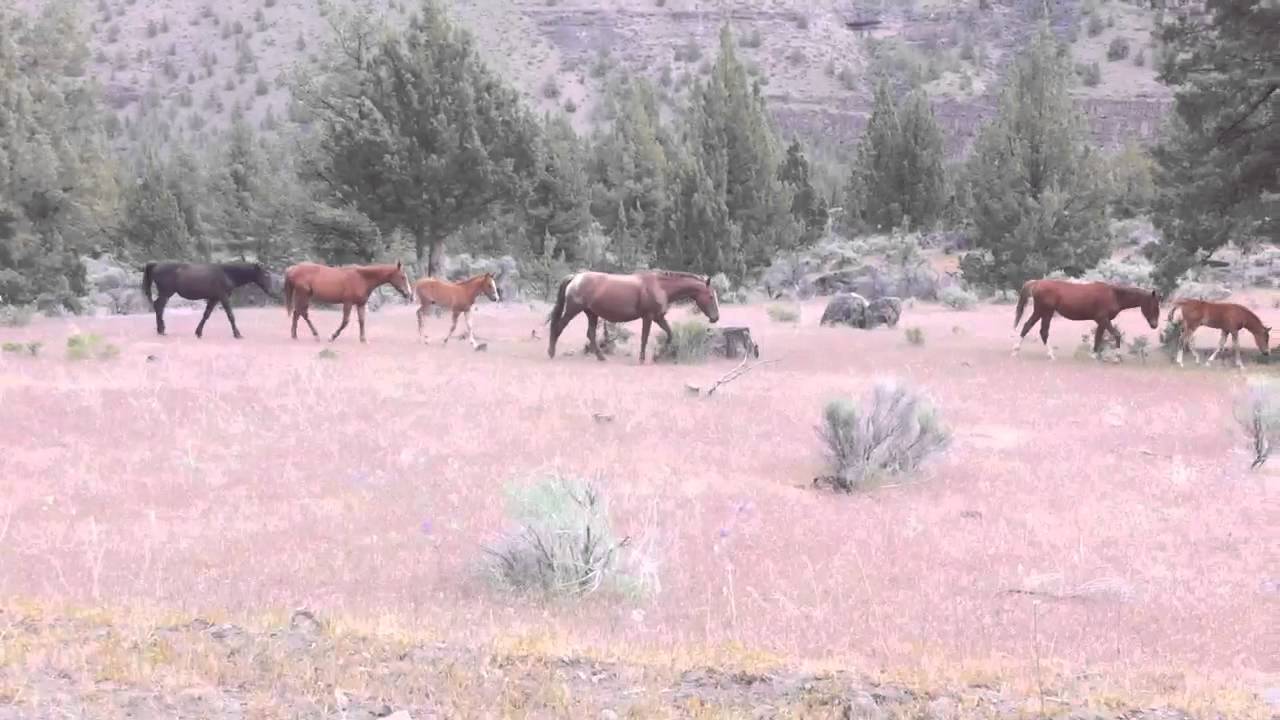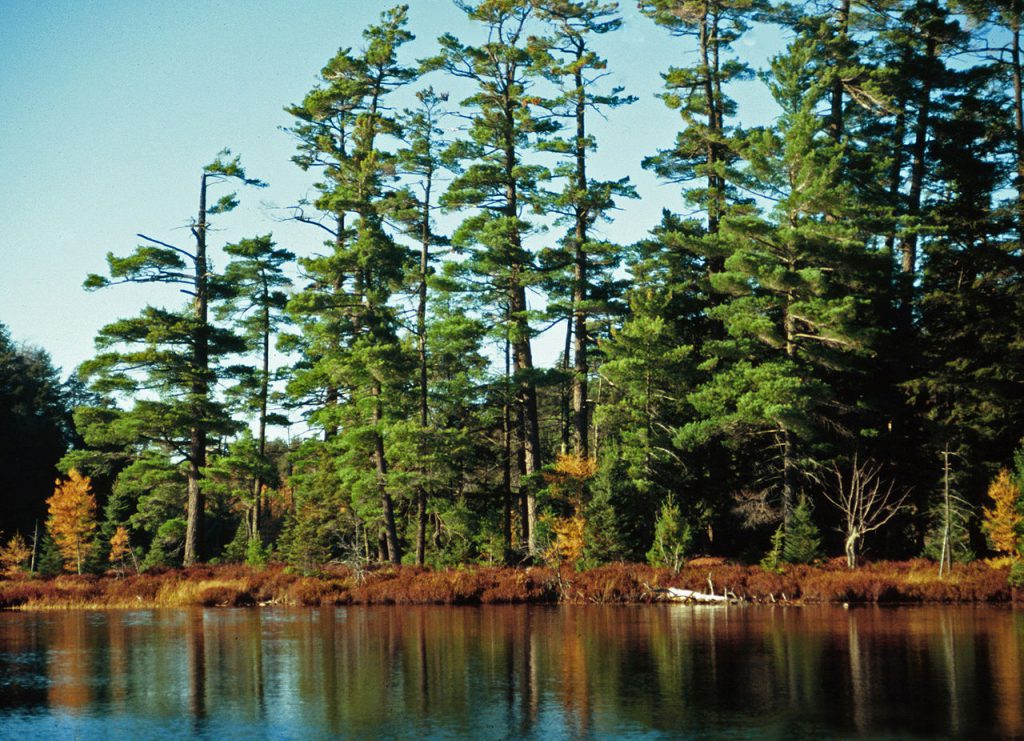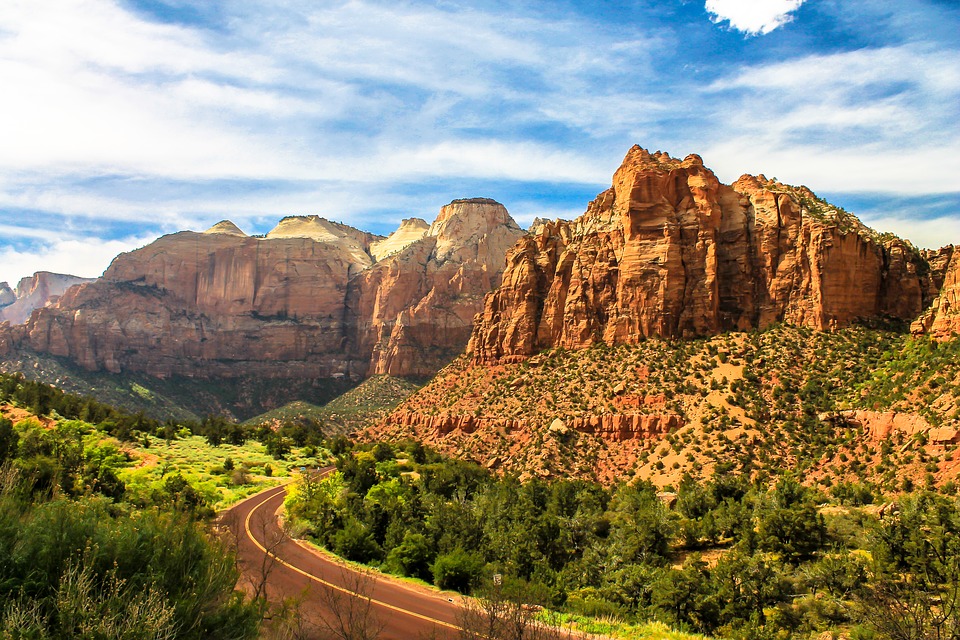Wild horses are a contentious subject in the Malheur National Forest, where ranchers say the animals trample stream banks to the detriment of federally-protected fish, preventing cattle from being allowed to graze on affected allotments.
Mateusz Perkowski
Capital Press
Ranchers upset by wild horse release
An apparent relocation of wild horses to Oregon’s Malheur National Forest has upset ranchers who say the area is already overstocked with the animals.
Rancher Mike Moore said he encountered a Forest Service vehicle pulling a trailer on Dec. 14 in the Murderers Creek allotment of the national forest, which is an unusual sight, especially during winter.
Responding to questions, the “sheepish” Forest Service employee driving the vehicle admitted the trailer contained several wild horses gathered from the neighboring Ochoco National Forest that were to be released in the area, Moore said.
“I just think this is wrong. You can’t be taking horses from one forest to another, that isn’t right,” he said. “We’ve got too many horses and they’re not helping by bringing more horses from another forest to this forest.”
Representatives of the Malheur National Forest said they’re coordinating with the Ochoco National Forest to understand why some horses were returned to the Murderers Creek allotment from the neighboring national forest and would soon issue a statement about the situation.
Wild horses are a contentious subject in the Malheur National Forest, where ranchers say the animals trample stream banks to the detriment of federally-protected fish, preventing cattle from being allowed to graze on affected allotments.
The maximum “appropriate management level” for the Murderers Creek herd management area is 140 wild horses, whereas the most recent estimate for the actual population is 339 horses.
Loren Stout, a rancher who grazes cattle on the Murderers Creek allotment, said the actual population is probably more than 500 horses.
Stout said he’s doubtful of the Forest Service’s explanation of the incident, which he believes is illegal and in violation of a 2013 settlement agreement in which the agency agreed to reduce the wild horse population in the area.
“Why they did it, I have no idea,” Stout said. “It’s unbelievable, especially after going through a lawsuit.”
Moore said he’s likewise skeptical of the explanation that the horses were being returned after venturing off the Malheur National Forest.
“There’s a lot going on here that doesn’t make a lot of sense,” he said. “I think they’re in damage control right now.”
After Stout filed a lawsuit alleging the Forest Service had violated the Endangered Species Act, a federal judge agreed that the agency had failed to consult about the impacts of wild horses on threatened steelhead.
Free Range Report
Thank you for reading our latest report, but before you go…
Our loyalty is to the truth and to YOU, our readers!
We respect your reading experience, and have refrained from putting up a paywall and obnoxious advertisements, which means that we get by on small donations from people like you. We’re not asking for much, but any amount that you can give goes a long way to securing a better future for the people who make America great.
[paypal_donation_button]
For as little as $1 you can support Free Range Report, and it takes only a moment.



